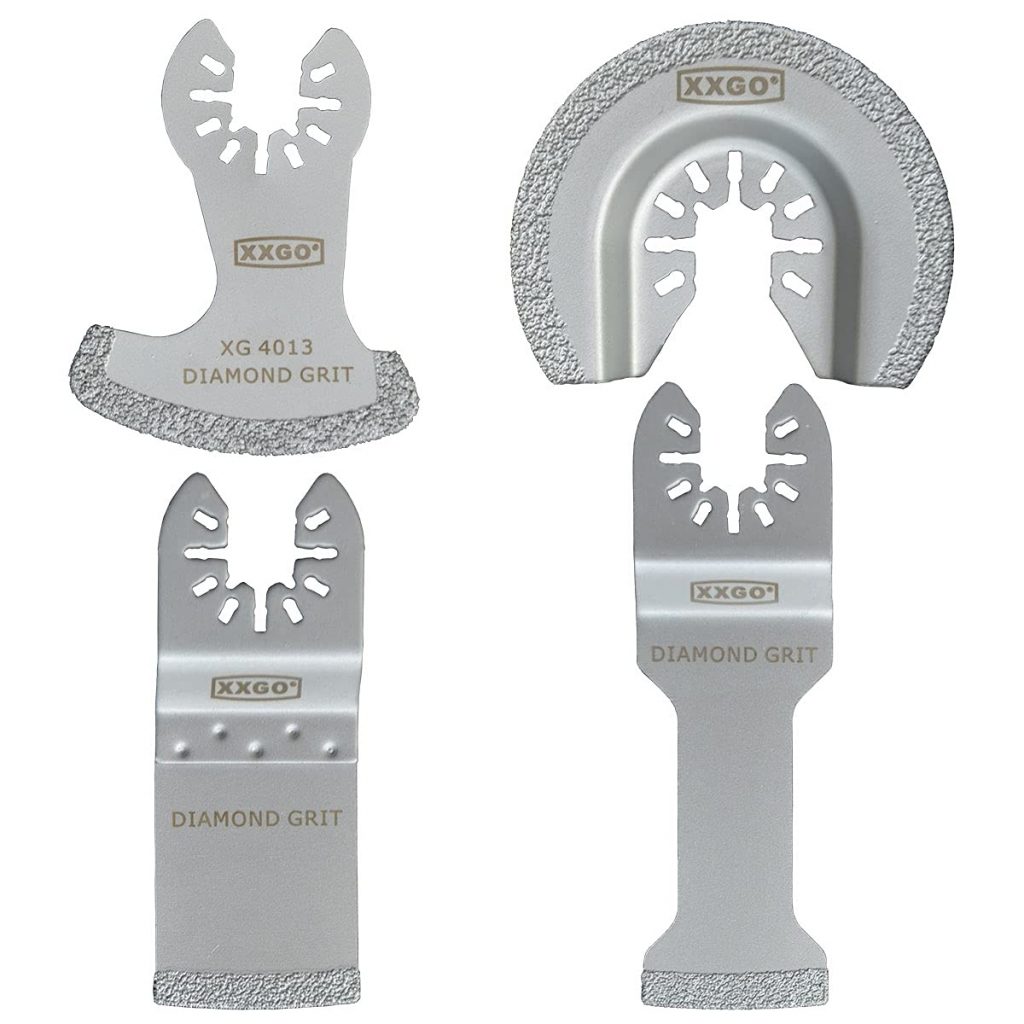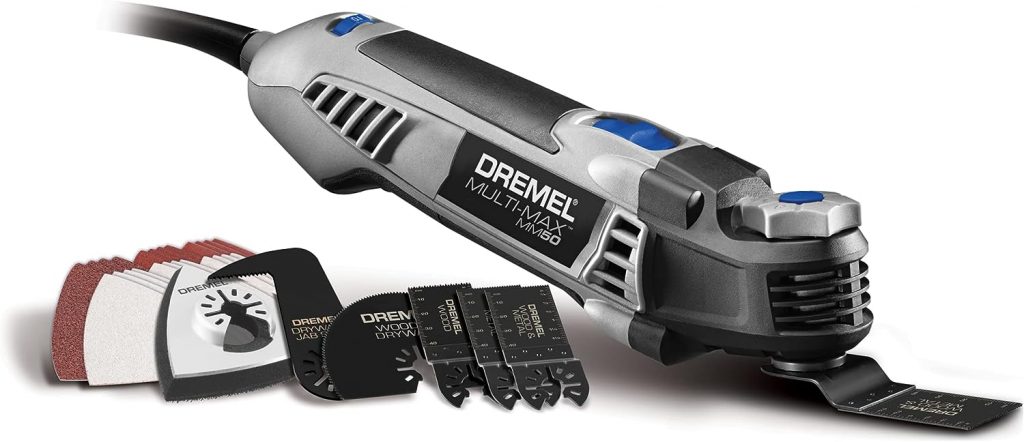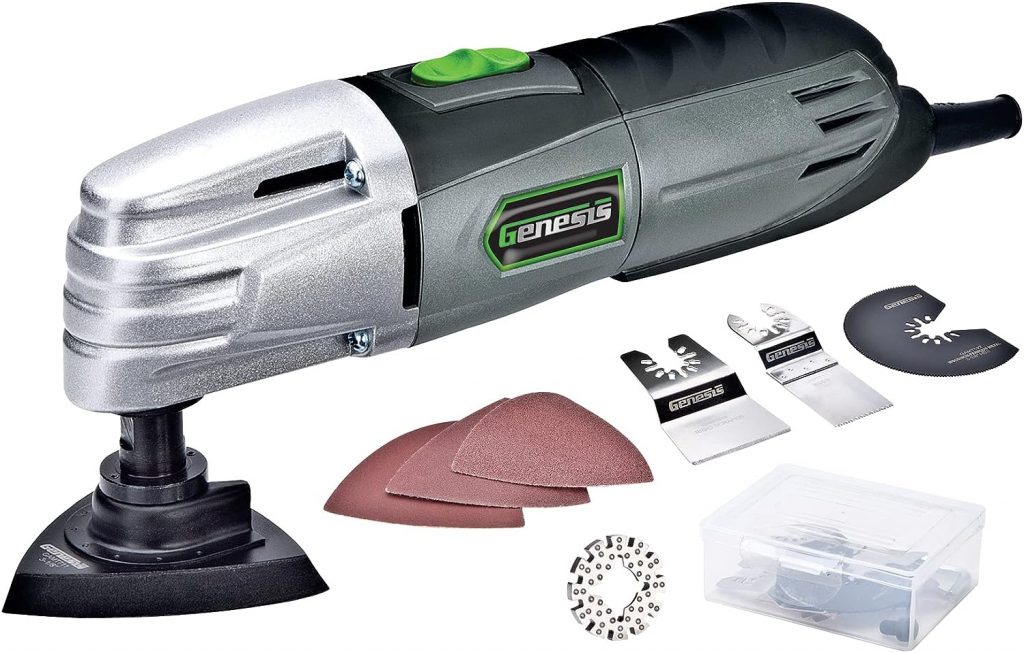Oscillating tools are a versatile and handy addition to any toolbox. They are perfect for a wide range of jobs including cutting, sanding, scraping, and drilling. If you’re a DIY enthusiast, a professional contractor, or somewhere in between, an oscillating tool can make your life much easier.
However, with so many different types and brands of oscillating tools available on the market, it can be difficult to know how to choose the right one. To help you out, this guide will provide you with all the information you need to know about how to buy and use an oscillating tool.
How to Choose an Oscillating Tool
The first thing to consider when choosing an oscillating tool is the purpose you intend to use it for. If you plan on using it for light tasks such as sanding or grout removal, then a corded or cordless model with lower power output will suffice. However, for more heavy-duty tasks such as sawing or scraping, you should consider purchasing a model with high power output.
Additionally, you should consider the frequency of oscillation. The oscillation speed affects the efficiency of the tool and varies depending on the model. Lower oscillation speeds are ideal for finishing work while higher speeds are best suited for more heavy-duty tasks.
What Types of Oscillating Tools Exist?
There are several types of oscillating tool uses, each designed for different purposes. Most oscillating tools on the market are oscillating multi-tools capable of performing every function of an oscillating tool.
Different type of blades are sold for oscillating saws to perform different functions.
- Oscillating Saw Blades
- This blade type is designed for cutting hard materials such as metals and plastic.
- Oscillating Grout Removal Blades
- These blades are ideal for removing grout from bathrooms and kitchens.
- Oscillating Scraper Blades
- This blade is perfect for removing old paint, adhesives, or caulking.
How to Use Each Type of Oscillating Tool Blade
Before using any type of oscillating tool, it is crucial to read and understand the manufacturer’s guidelines for safety reasons. Always wear protective gear such as gloves and goggles when using an oscillating tool. Once you are ready, mount the appropriate blade or accessory and get started.
You can select different oscillating tool blades and accessories for different purposes.
For instance, you can use a sanding blade to sand a surface or a cutting blade to make a precise cut.
An [/ap]oscillating saw blade[/ap], on the other hand, is ideal for cutting out pieces of flooring or removing baseboards.
A grout removal tool blade can also easily remove tile grout without damaging the tiles.
Lastly, a scraper tool is perfect for scraping away old paint, adhesives, or caulking.
Should You Buy a Cordless or Corded Oscillating Tool?
One decision you’ll need to make is whether to get a corded or a cordless model. Corded oscillating tools are generally more powerful and consistent, while cordless oscillating tools offer greater portability and convenience. Let’s take a closer look at the differences between corded and cordless oscillating tools, and help you decide which type is right for you
Power of Corded vs Cordless Oscillating Tools
Corded oscillating tools get their power from an AC outlet, so they can deliver consistent, high-powered performance. This means they can handle heavy-duty tasks, such as cutting through thick metal or sanding large areas, without slowing down. Cordless models, on the other hand, run on battery power, which can limit their performance. They may not be able to deliver the same level of power as corded models, and their batteries may run out quickly if you’re using them on high settings. If you need an oscillating tool that can handle tough jobs, a corded model is likely your best bet.
Portability of Corded vs Cordless Oscillating Tools
Cordless oscillating tools are generally more portable than corded models, as you don’t need to be near an electrical outlet to use them. This makes them ideal for outdoor tasks, such as cutting branches or sanding furniture on your patio. They’re also great for DIYers who like to work in different areas of their home, as you can easily take them from room to room without worrying about finding an outlet. If you’re after convenience and portability, a cordless oscillating tool may be the right choice for you.
Runtime of Corded vs Cordless Oscillating Tools
Another consideration when choosing between corded and cordless oscillating tools is runtime. Corded models can run indefinitely, as long as they’re plugged into an outlet. Cordless models, on the other hand, rely on batteries that need to be recharged after a certain amount of use. This means you may need to take a break in the middle of a project to recharge your batteries, which can be frustrating. If you need an oscillating tool that won’t quit on you halfway through a task, a corded model is the way to go.
Price of Corded vs Cordless Oscillating Tools
Finally, there’s price to consider. Corded oscillating tools tend to be less expensive than cordless models, as they don’t include batteries or charging stations. If you’re on a tight budget, a corded oscillating tool may be the better choice. That being said, cordless models offer greater convenience and portability, which may be worth the extra cost if you need those features.
Conclusion on Corded vs Cordless Oscillating Tools
In conclusion, both corded and cordless oscillating tools have their pros and cons. Corded models offer consistent, high-powered performance, while cordless models offer greater portability and convenience.
Your choice will ultimately depend on your needs and priorities. If you need an oscillating tool that can handle tough jobs and don’t mind being tethered to an outlet, a corded model is likely your best bet. If you value portability and convenience over raw power, a cordless model may be the way to go. Regardless of which type you choose, an oscillating tool can be a valuable addition to any tool kit.
Should You Buy a Used Oscillating Tool?
While buying a used oscillating tool may save you some money, it is not always recommended. A used tool may have worn-out parts or have been subjected to misuse or abuse, which could affect its performance and safety. Additionally, used tools may be less reliable, and you may not know the tool’s history, leading to potential harm or damage. Therefore, it is always worth considering purchasing a brand new model.
What is Oscillating Tool Safety?
Oscillating tools require the user to take safety precautions seriously. To avoid accidents, always wear protective gear such as gloves and goggles and keep your fingers and other non-protected body parts away from the blade during use.
Additionally, always make sure the tool is unplugged when switching blades, and never leave the tool unattended while it is on.
Proper handling and regular maintenance of the tool can extend its lifespan.
Oscillating Tools Can Be a Lifesaver for a Project
In conclusion, oscillating tools can be a lifesaver when performing various DIY projects or professional tasks. However, selecting the proper tool for the job is important. Knowing the different types and their uses, understanding how to operate each tool safely, and being aware of the limitations and risks is key. With this guide, you now have all the information you need to choose an oscillating tool that will meet your needs and last a lifetime. Remember that safety should always be a priority when using any tool, including oscillating tools. This article is an update to our 2017 article What to Look for in an Oscillating Multi-Tool.









